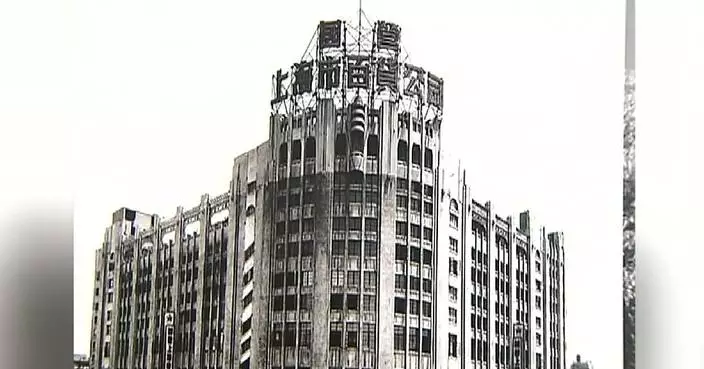Shanghai has been witnessing a surge in the international patients who travel to the city in search of more efficient and personalized medical treatments as the metropolitan moves faster to boost the openness of its healthcare services.
Shanghai has been leading China's efforts to expand the openness of the country's healthcare sector. In early 2024, the Shanghai Municipal Health Commission released a notice on promoting the internationalization of its health service sector, noting that the city should move faster to build its leading public hospitals into international medical tourism pilot institutions and standardize the city's international medical services.
According to the norms of international medical services released by the authorities in June, international services in Shanghai will feature high-standard services and techniques and target mainly the cross-border travelers seeking medical treatment.
Matthew, a British patient, was diagnosed with the carcinoma of cardia after receiving a checkup in Shanghai. He went through the phase I surgery and radiotherapy quickly. "I have never received treatment like this," said Matthew, adding that the speed of treatment provided by Shanghai's healthcare system is "second to none."
"I think the most important thing for me really is the speed of treatment and the speed of treatment and analysis of your healthcare at that point, and time is absolutely second to none. I have never received treatment like this," he said.
To better serve the personalized needs of the international patients with complex diseases, the multiple disciplinary teams (MDT) in Shanghai's top hospitals are providing medical services for their overseas customers.
The released norms of international medical services also specify the regulations on an international medical information system apart from other demands on the medical treatment spaces, drugs, medical equipment, and the medical devices. The information system should be compatible with the international medical services to be provided, with the information on appointment, consultation, examination, treatment, health management, and payment settlement being recorded, said the norms.
"We will communicate with the doctors and the hospitals of the countries where our patients come from. And the MDTs will work coordinately with each other to better support and further personalized our clinical treatments," said Chen Dan, director of the International Medical Service Department of the Zhongshan Hospital in Shanghai.
In 2023, 13 hospitals in Shanghai were given the title of Shanghai International Medical Tourism Pilot Institution of Public Hospital. Data showed that in the second quarter of this year, the outpatient clinics, the emergency clinics, and the inpatient departments of the 13 hospitals received over 160,000 visits from cross-border patients, marking a 22-percent year-over-year surge and a 15-percent month-over-month increase.
"There are at least 12 medical specialties in Shanghai now can provide the world-class clinical treatments. They are completely capable of serving the patients with premium medical services," said Luo Li, director of the Shanghai Research Center for Governance of Emerging Technologies in Medicine and Public Health.
Better international medical services will help boost Shanghai's economy, said Luo. According to an estimate of China Tourism Academy, by 2025, the country's medical tourism market will reach a scale of about 300 billion yuan (around 42 billion U.S. dollars).
"On the one hand, this stands for the quality of the services that Shanghai is capable of providing and the culture of Shanghai. On the other hand, it can help inject new capitals and vitality into Shanghai's economy," said Luo.

Shanghai serves more overseas patients amid internationalization of healthcare









